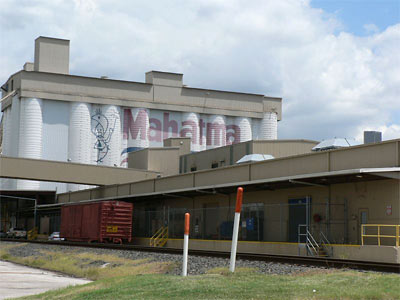First Ward

Other streets that were lost to the building of the I-10 and I-45 Freeways were half of Maud St., Mattie St., Plus St., part of Sabine St., Beach St. and a large part of Elder St. (See map Below).

Below: Brock Elementary School
1417 Houston Avenue
Brock Elementary School was constructed in 1976 and was named after Richard R. Brock (1814–1906), a black slave who went on to become the Alderman of First Ward. Richard R. Brock is buried in the old Hollowood Cemetery which is now Olivewood Cemetery. Brock Elementary was opened through the 1980' and 90's but was closed around 2005; it later was used as a day care. Today it is not known what will become Brock.


Before it was Brock it was known as the Housten Avenue School then the First Ward School and Hawthorne School which opened in 1893. It was named for Nathaniel Hawthorne, an early American writer whose works include the novels The Scarlet Letter and The House of Seven Gables.
2112 Crockett

Tennessee-born Davy Crockett died at the Alamo in the struggle for Texas’ independence. The school named for him was constructed in 1912 and replaced with a new building in 1980. The school is now once again under re-constuction (2010).


Hynes Bakery Crockett @ Houston Ave.


Aerial photo of First Ward (1920's) if you look closely you can see the Crockett/Hogan St. Bridge to your upper right. On the upper left you'll see Luna Park located on 2121 Houston Ave. where I-10 runs now. Luna Park was Houston's First amusement park. You can also see the Old Jefferson Davis hospital on your lower left hand; this is the site of the former city Cemetery which was founded in 1840. To learn more about the Old City Cemetery click here.

Above is a picture of the First Ward Fire Department (Station No. 3) on the Corner of Spring St. and Houston Ave.

Mahatma and Success Rice processing plant at 1702 Taylor St.


Ads by AdBrite